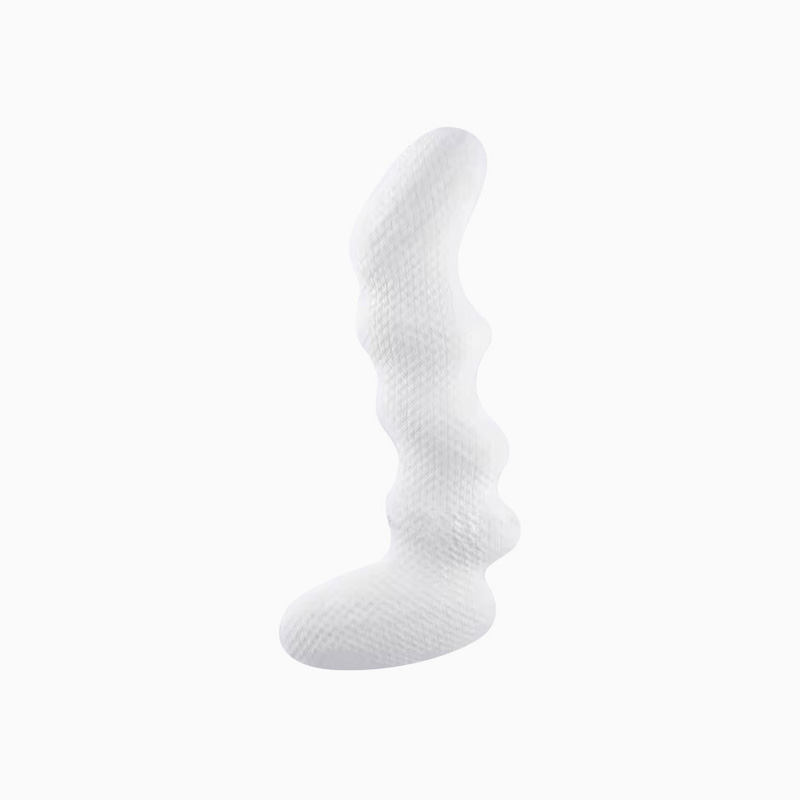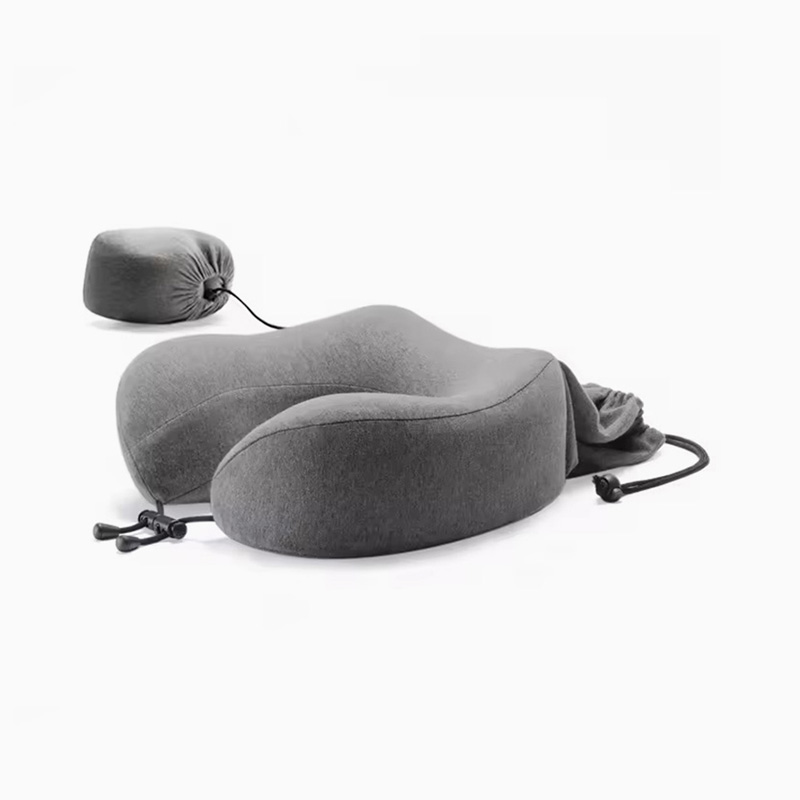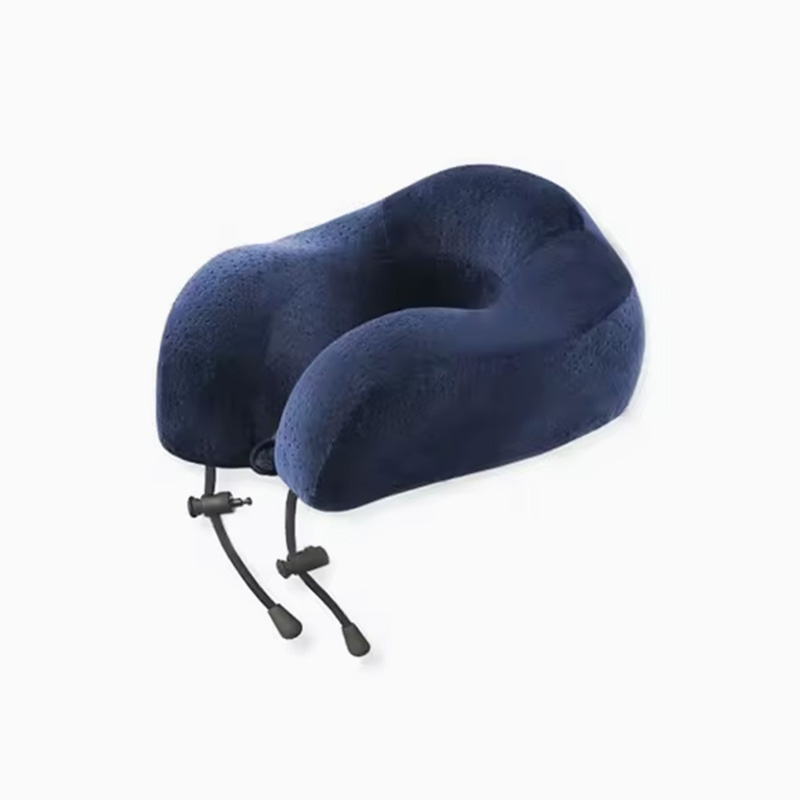What are the precautions for using memory foam backrest set
As a high-tech material, memory foam has the characteristics that make it significantly sensitive to ambient temperature. When the ambient temperature is below 18℃, the molecular chain movement ability of memory foam is limited, resulting in a significant increase in the hardness of the material. In this case, if it is used forcibly, the support may be insufficient or the local pressure may be aggravated. Therefore, it is recommended to preheat the backrest in an environment of 20℃-25℃ for 15 minutes before using it in winter, so that the surface of the material can be softened before leaning. For high temperature environments in summer, it is necessary to ensure good ventilation and heat dissipation and avoid direct sunlight to prevent excessive softening of the material. Experimental data show that the support of memory foam will decrease by more than 30% at a high temperature of 40℃.
The slow rebound characteristics of memory foam require users to follow the principle of gradual adaptation. When used for the first time, the moment the human body contacts the backrest, the illusion of too strong rebound may occur, which is because the material needs time to complete the redistribution of pressure. For this reason, it is recommended to use a short-term leaning method in the early stage, no more than 30 minutes each time, so that the spine can gradually adapt to the support curve of the memory foam. Clinical studies have shown that after a two-week adaptation period, the uniformity of the user's lumbar pressure distribution can be improved by 40%, while the muscle fatigue index can be reduced by 25%.
In terms of cleaning and maintenance, special attention should be paid to the waterproofness of the material. Memory foam is an open-pore structure material. Once water penetrates, it is difficult to dry thoroughly and is prone to mold growth. Therefore, daily cleaning should be wiped with a vacuum cleaner or a dry cloth; if deep cleaning is required, the surface can be gently wiped with a neutral detergent dilution, and soaking or washing should not be done. The test results of a certain brand laboratory showed that the support recovery rate of memory foam after washing was less than 60%, and there was a risk of obvious mildew within three months. Therefore, it is recommended to use a professional mildew-proof spray for treatment every quarter to maintain a dry environment inside the material.
For special populations, medical evaluation should be combined when using memory foam backrests. Scoliosis patients should use professional orthopedic devices to avoid a single support point aggravating the deformity; osteoporosis patients need to monitor the intensity of use to prevent accidental impact caused by the material's rebound force; pregnant women should choose products with thickened lumbar support areas to ensure the safety of the fetus. Data from the rehabilitation department of a tertiary hospital show that the correct use of memory foam backrests can reduce the incidence of low back pain in pregnant women by 37%.
The adaptability of the product is the core element to ensure the effect. The height design of the memory foam backrest needs to match the height of the user. It is usually recommended that the lumbar support area is located at the level of the third lumbar vertebra. Too high or too low will change the force curve of the spine. The test results show that when the support area deviates from the ideal position by 5 cm, the uniformity of lumbar pressure distribution will decrease by 28%. For users of different body types, it is necessary to choose memory foam products of corresponding density. Users weighing more than 80 kg are recommended to use high-density models to maintain sufficient support.
The use environment has a significant impact on the performance of memory foam. Long-term exposure to a humid environment will cause damage to the internal structure of the material. A user survey in a coastal area showed that after six months of continuous use, the resilience of memory foam decreased by 18% and a noticeable odor appeared. Therefore, it is recommended to use a dehumidifier to keep the ambient humidity in the range of 40%-60%. For car memory foam backrests, it is necessary to avoid exposure to sunlight. Experiments show that continuous 72 hours of sunlight can increase the surface hardness of the material by 25%, which in turn affects the comfort of use.

 English
English عربى
عربى previous post
previous post










